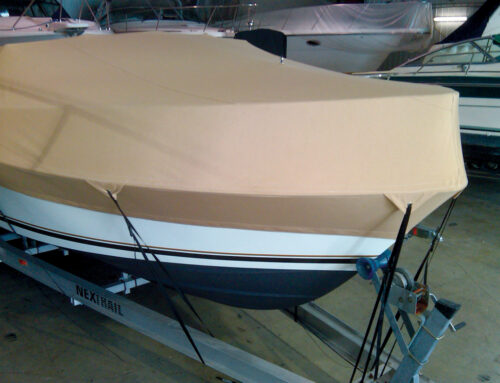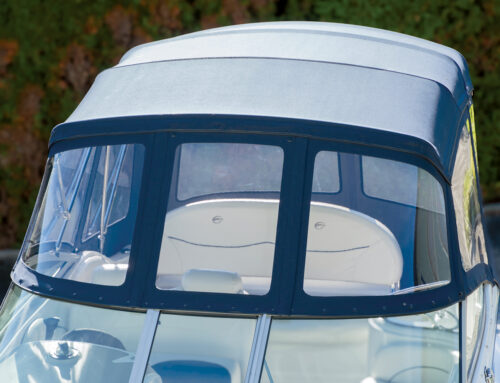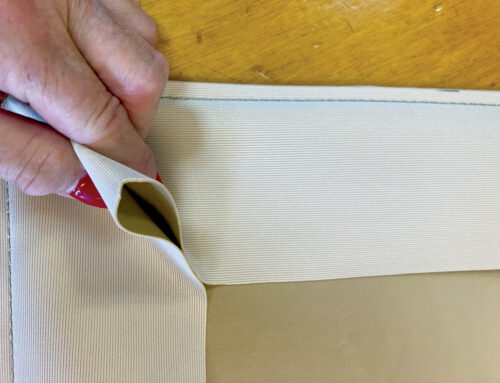Sailor-friendly sailboat dodger designs
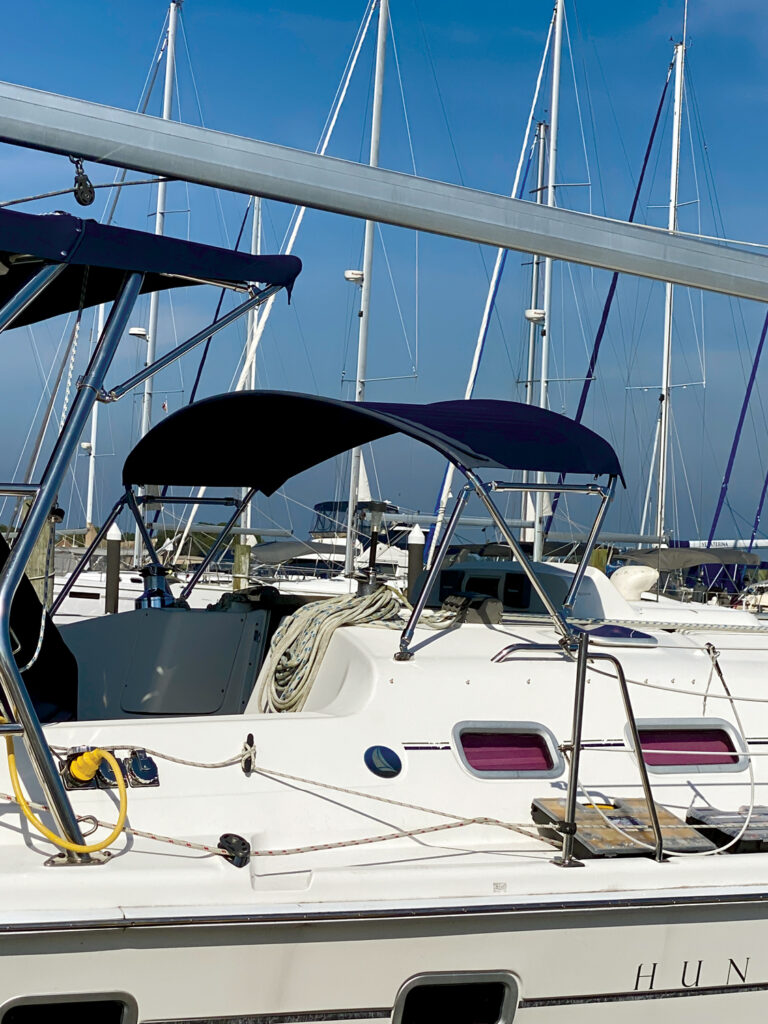
I have been a sailor longer than I have been a marine fabricator. In fact, being a sailor is how I got into this business. I often hear from fellow fabricators that the client is not always right, but when it comes to dodger design, it is important to listen to the client’s desires.
A dodger is an important feature of a sailboat that can greatly enhance the sailing experience. It is an essential component in providing protection from the elements for the companionway and cockpit area. When done correctly, it will complement the overall look of the boat and function well. When done poorly, it can be an eyesore and a nuisance. According to the sailors I spoke with, here are the most important features of a dodger:
- It provides protection from the weather.
- It offers a good line of sight.
- It enables easy companionway access.
- It provides airflow.
- It does not interfere with sailing.
This article will help you understand how to achieve a great dodger design that your clients will love.
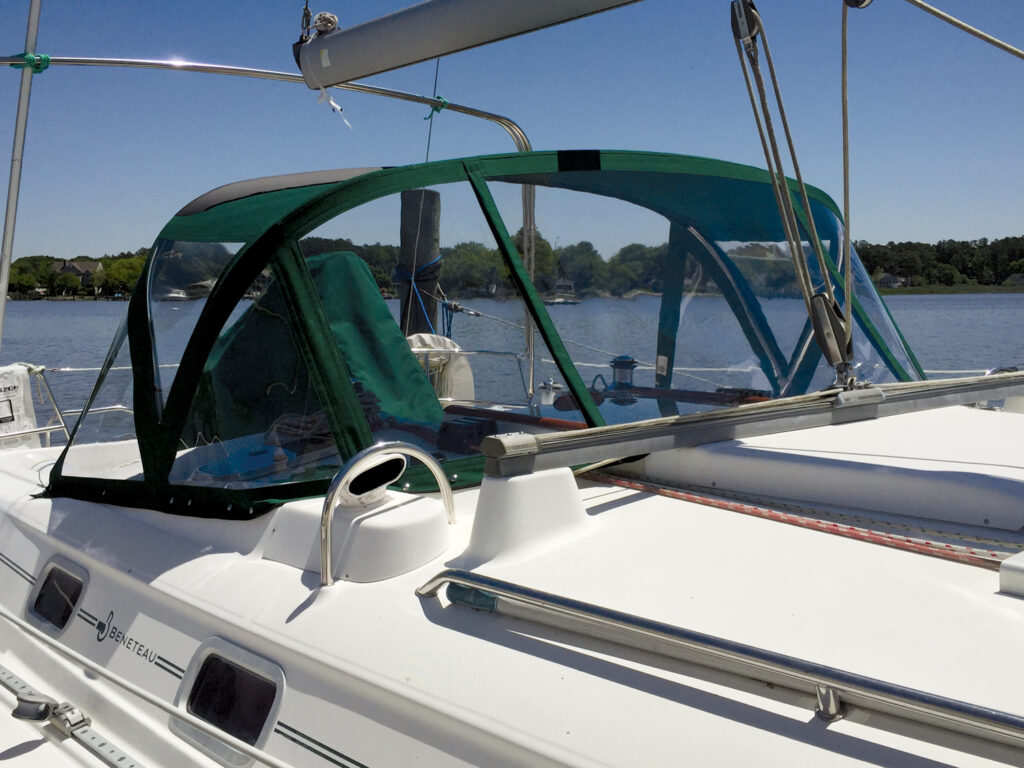
Dodger styles
There are two basic dodger types: a traditional dodger and a California dodger.
A traditional dodger is fabricated all in one piece that is seamed across the front bow of the frame. It will typically have a front center roll-up window and a more rounded frame. I use a custom 18-inch radius bender to achieve this look.
A California dodger will have a fabric top with anywhere from two to five removable panels. It will feature a flatter frame and will typically provide better all-around visibility. It very much resembles a small bimini with an enclosure. California dodgers are increasing in popularity; however, traditional dodgers are still commonly found on classic boats.
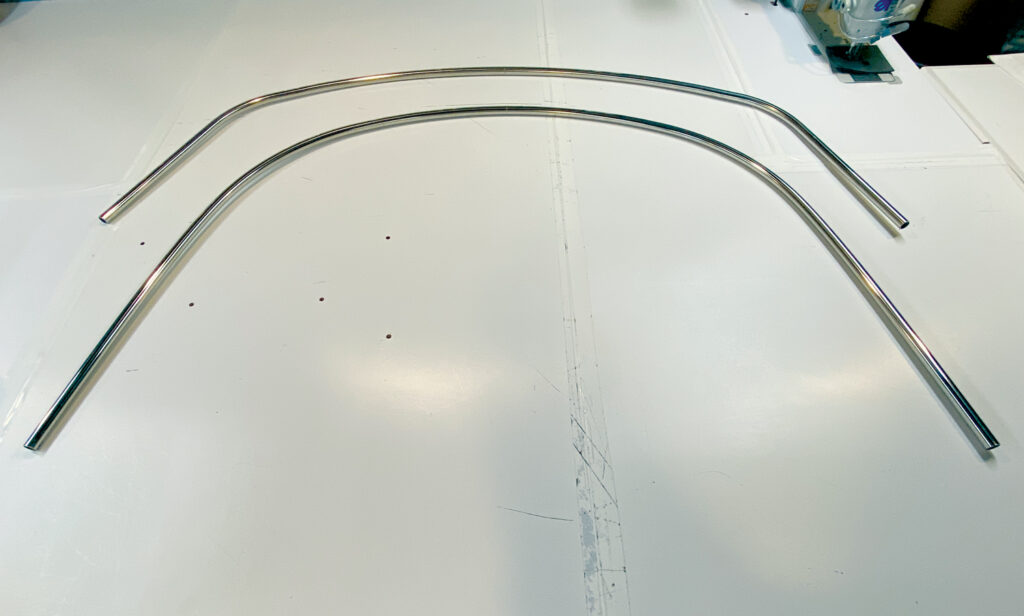
Determine the right style
Determining the right dodger style for your clients depends on a variety of factors. Asking the following questions can help you assess the pros and cons of both dodger styles and guide your clients to the right decision.
How do the clients use their boat? For example, clients who use the boat for both cruising and racing may want to fold down and/or remove the dodger during races. A traditional dodger can be designed to fold down, although folding clear vinyl repeatedly will damage it well before the end of its life. In this scenario, a California dodger with removable panels might be a better option.

What type of climate are they sailing in? If your client sails in an area with significant temperature changes, having the ability to remove some or all of the panels to increase airflow provides maximum flexibility unlike a traditional dodger with only a single center panel to roll up.
What is most aesthetically pleasing to both the client and the boat? Classic boats, which typically have a narrower beam, look better with a traditional dodger. Newer boats with wider beams look better with a California dodger, which has a flatter frame.
How wide is the cabin top? Can your client easily see around the sides? If not, a traditional dodger may impede visibility too much, and a California-style dodger might be the better option.
Will they be storing the dodger during the off-season? If so, a one-piece traditional dodger might be a lot for some to wrestle on and off the boat. California-style dodgers not only offer easier handling but also store flat.
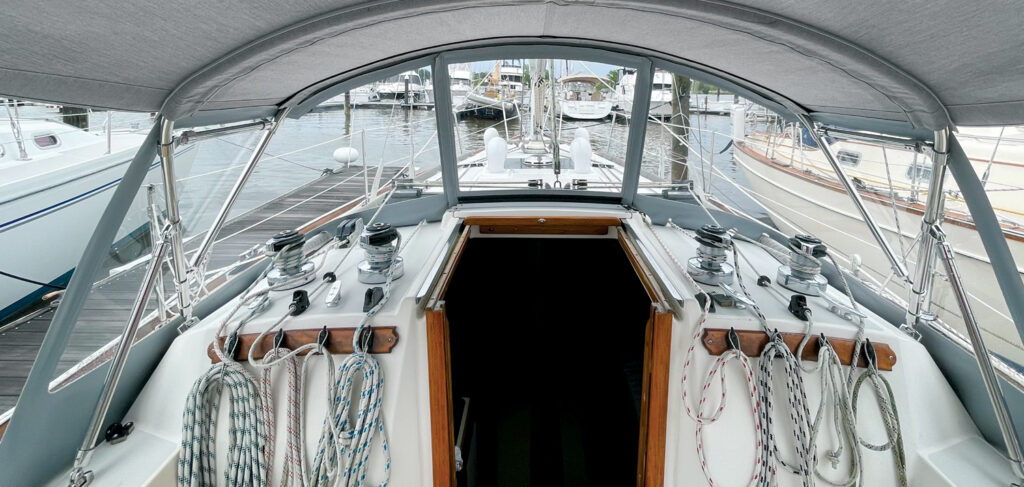
Design for functionality
Clearance, clearance, clearance. This cannot be stressed enough. Your clearance design can create a great sailing experience or an unpleasant one. Two very important aspects of sailing are the winches and traveler line.
Winches are often mounted on the combing in the cockpit or on the cabin top and often have an 8-to-10-inch removable handle. It is very important to ensure a 360-degree rotational clearance for the handle. A second consideration is the clearance between a winch and/or cleats mounted on the combing and dodger wings for entering and exiting the cockpit area. Although not always possible, try to design with ample distance between them to avoid a tripping hazard. In both scenarios, a scalloped wing may be the way to go to provide clearance while still maintaining a good design.
The traveler line will run from forward of the dodger windshield into the cockpit on each side and, in some cases (not all), may require an upward lift motion of several inches. When it does, clearance can be provided by aligning with the vertical zipper connection of two panels or by creating a vertical slit directly into the clear vinyl. A cleaner installation is running the line through a fairlead on the cabin top and through the dodger windshield using a small circular entry point, such as a large grommet. This avoids the need for a large slit in the windshield.
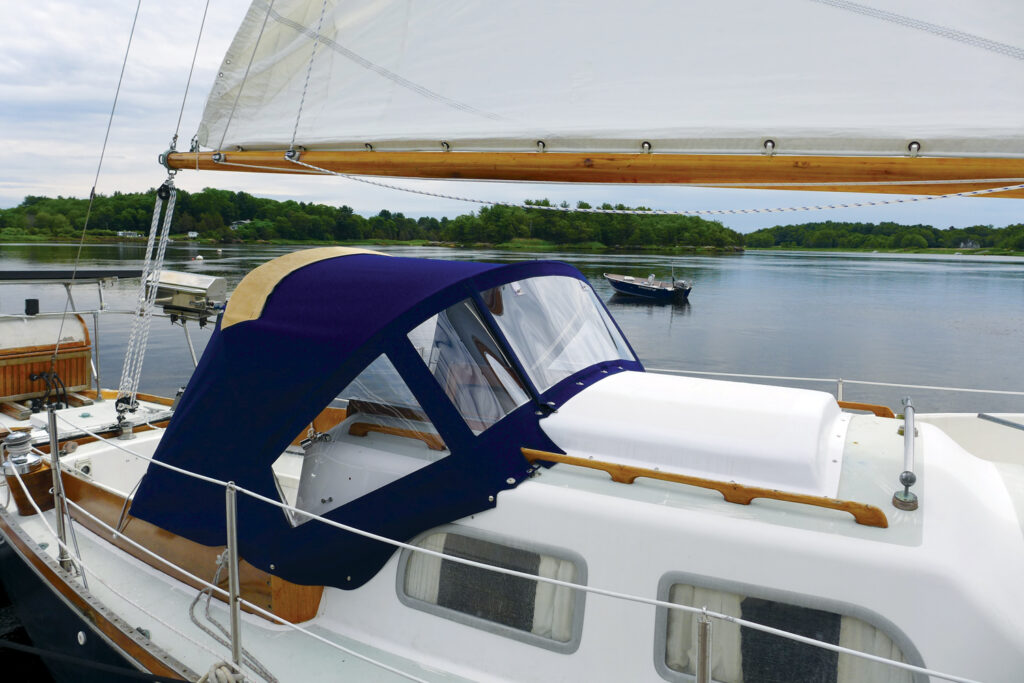
Height considerations
The last thing you want is for your clients to be hitting their heads every time they get in and out of the companionway or having the dodger frame land at exactly eye level. Most often, I find clients want to see through the dodger rather than over the dodger, which allows them to sail with a connector for additional shade. With taller clients, it can be a challenge to balance this without making the dodger appear boxy or more like a tugboat than a sailboat.
To counter this, consider these design moves:
Maximize the forward and aft length of the dodger top. The longer this length, the shorter the dodger will appear. It is good practice to extend the aft edge of the dodger a few inches past the aft opening of the companionway, particularly for boats without a connector. It will help prevent rainwater from dripping directly on top of or into the companionway.
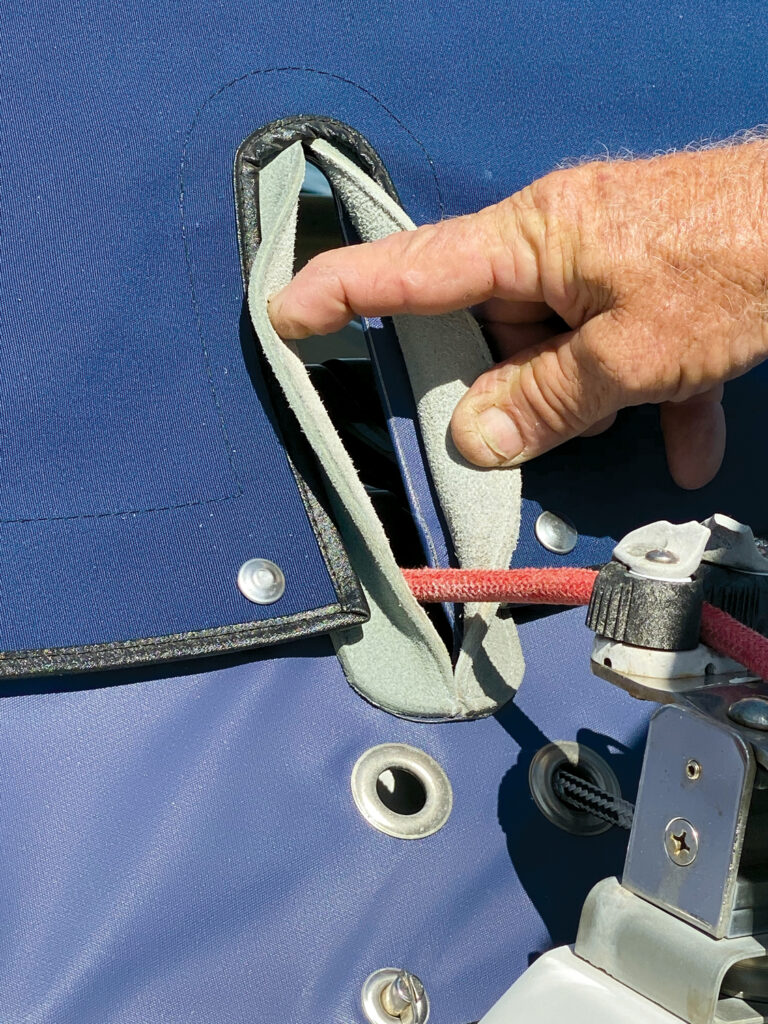
Increase the amount of crown. In most cases, for aesthetic reasons, I look to match the crown of the frame with the “crown” of the cabin top. To accommodate a taller dodger, adding more crown allows maximum height in the center while decreasing the height moving toward the sides, which also makes it appear slightly shorter.
Avoid a boxy or straight up-and-down look. This can be done by increasing the rake of the front windshield and/or decreasing the shoulder width of the frame from the mounting point. When decreasing the shoulder width, be careful to still allow proper clearance for any cabin top winches and handles. You will also need to ensure the dodger will both fit under the boom and have proper clearance for the mainsheet, which often runs close to parallel with the windshield, possibly extending over the top of the dodger. It is very important to have your client set the boom in “sailing position.” Many clients will raise the boom height when in port.
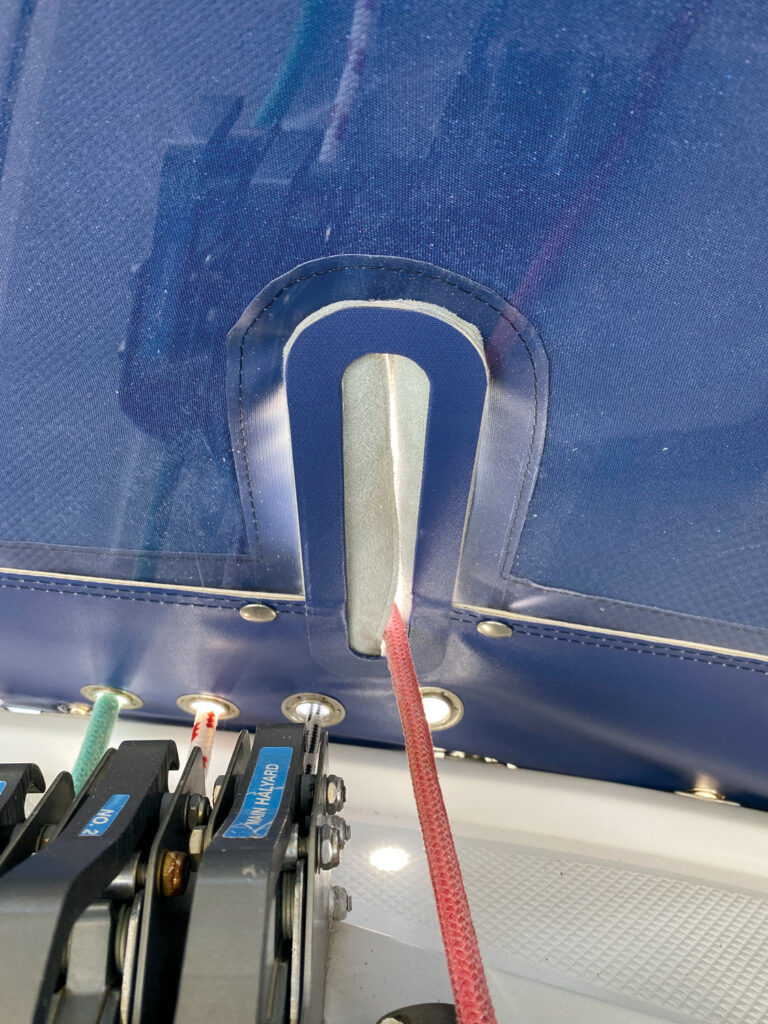
My last piece of advice is to be creative! A dodger is an excellent project for letting your creativity shine. A dodger should look like it was an original part of the boat design and not an add-on. Features like scalloped wings, rounded window corners mimicking the shape of the port windows and details created with stitching and fabrics are all great ways to set your dodger apart from others.
Keri Ames is the owner, fabricator and instructor at Yachtsman’s Canvas and Marine Canvas Training. She has trained extensively with Mark and Deb Hood of Hood Marine Canvas Consulting in Rhode Island and Dave Elliot of David’s Custom Trimmers, Brisbane, Australia. She has received multiple MFA Excellence Awards for her dodgers.
 TEXTILES.ORG
TEXTILES.ORG 


